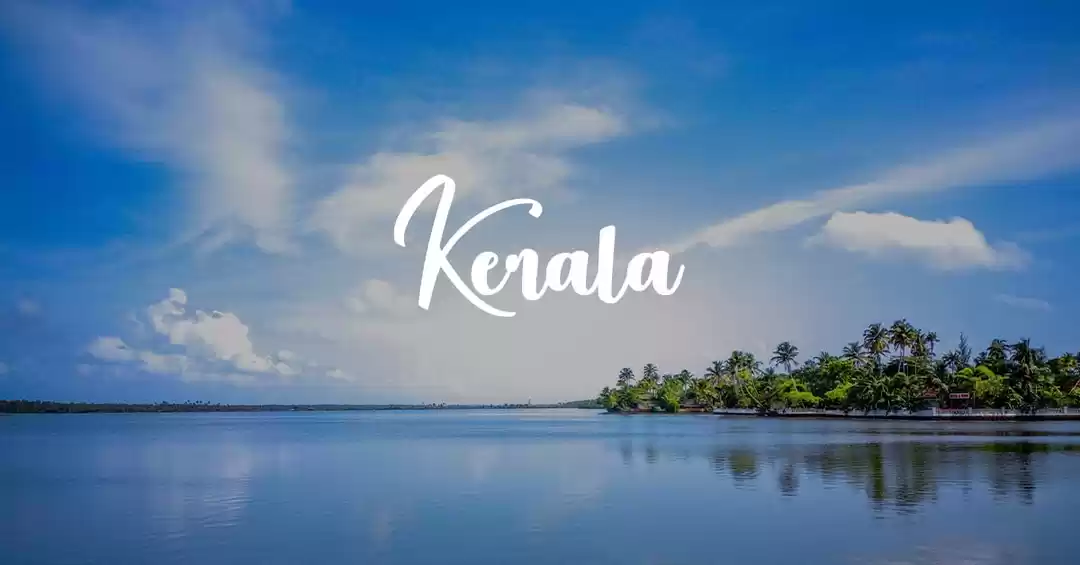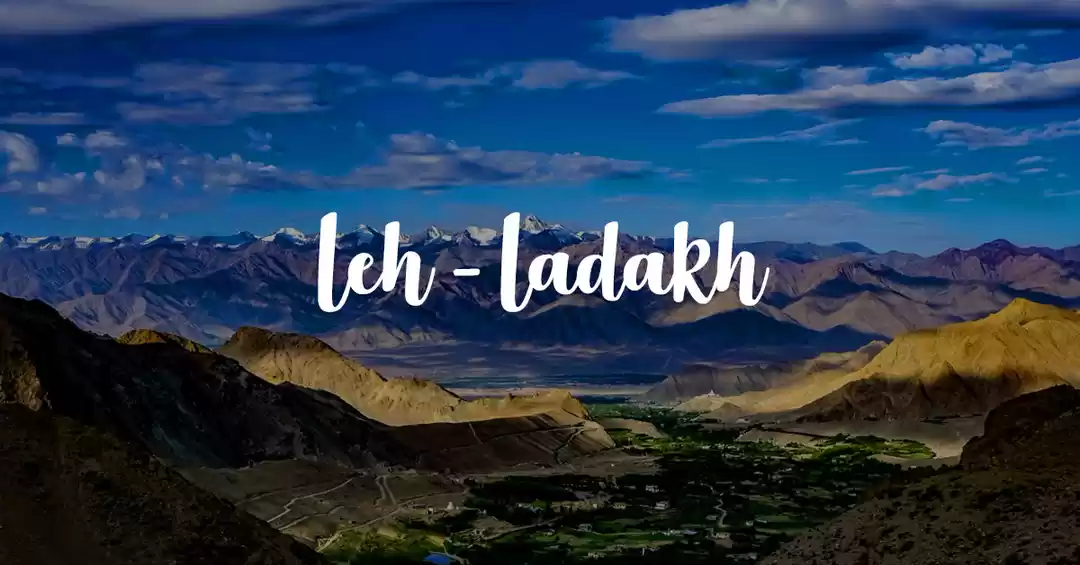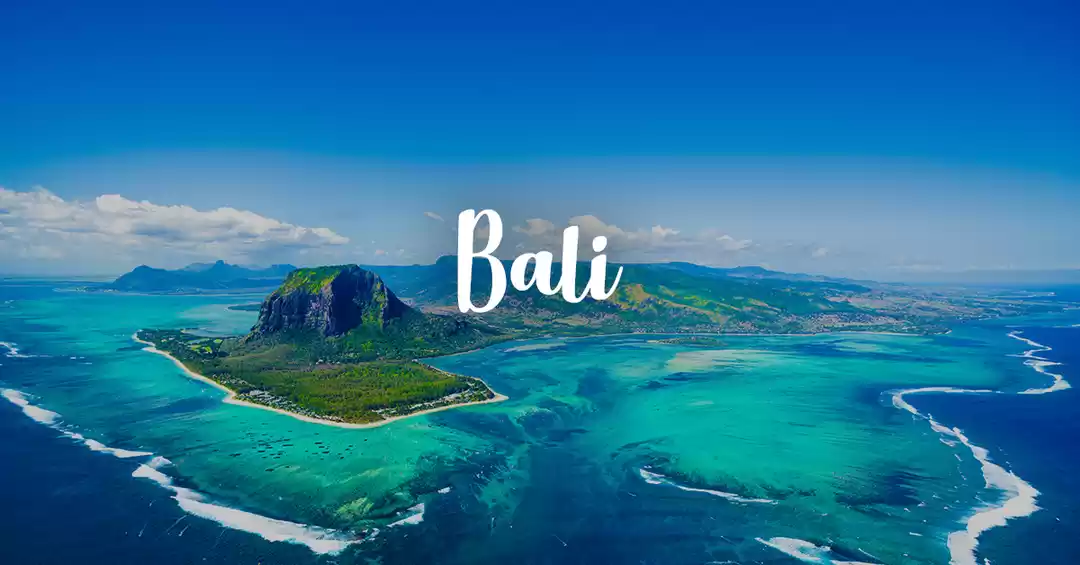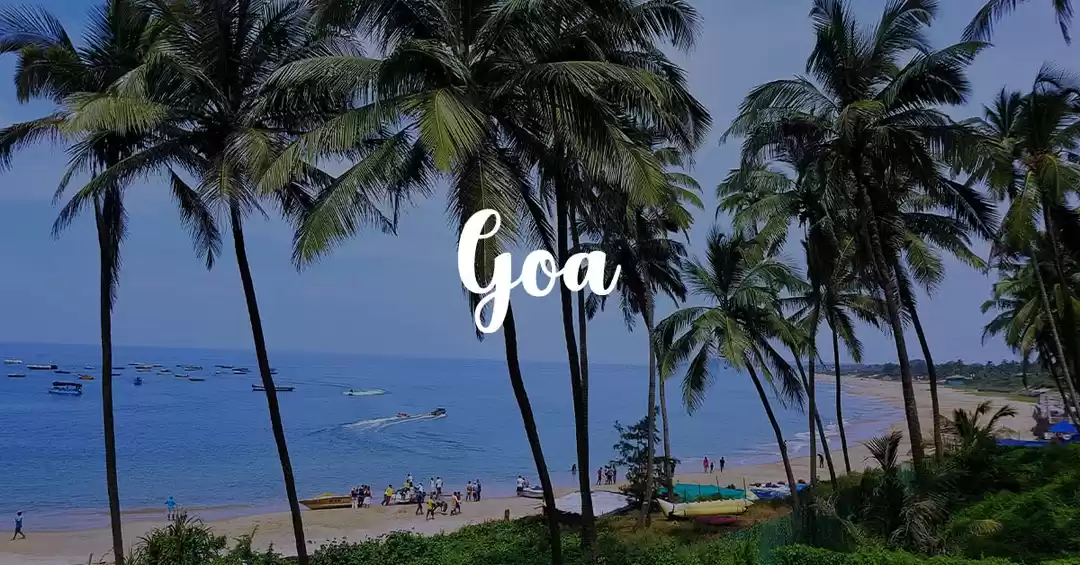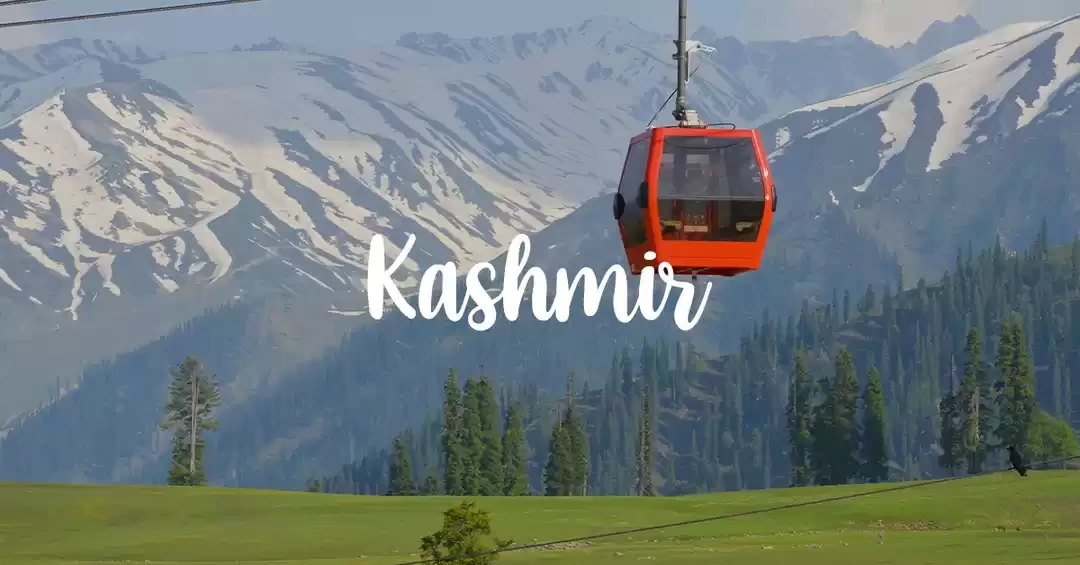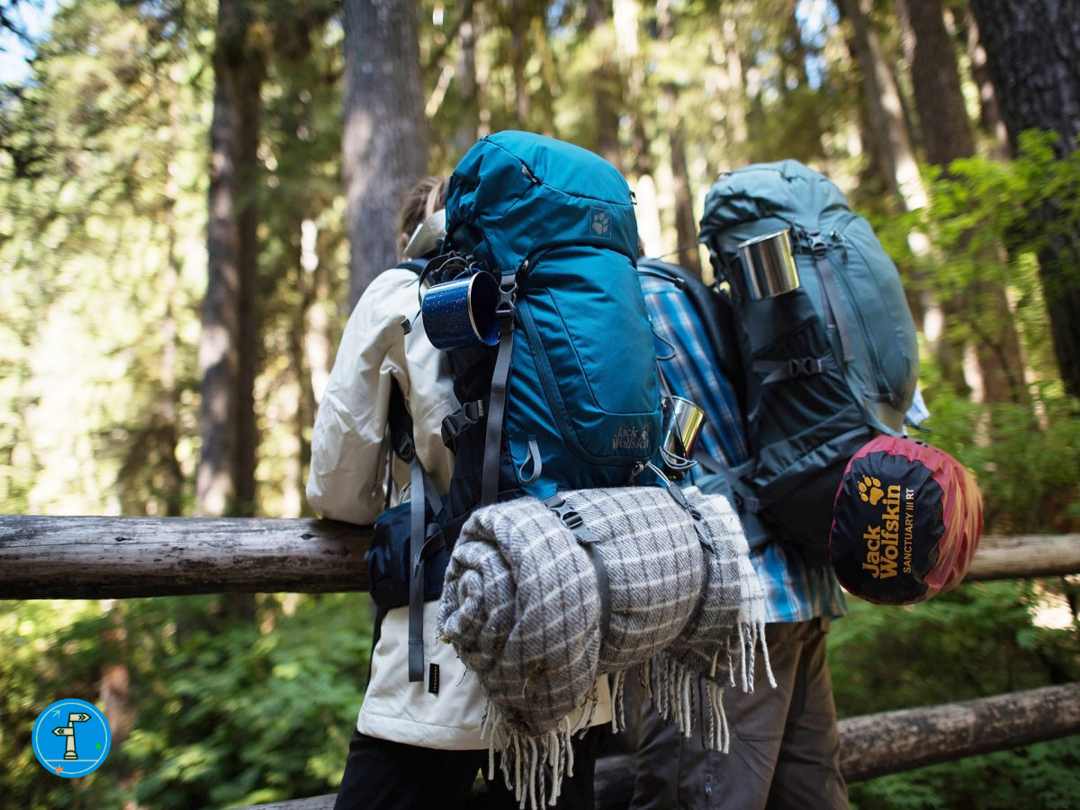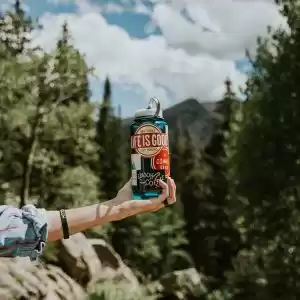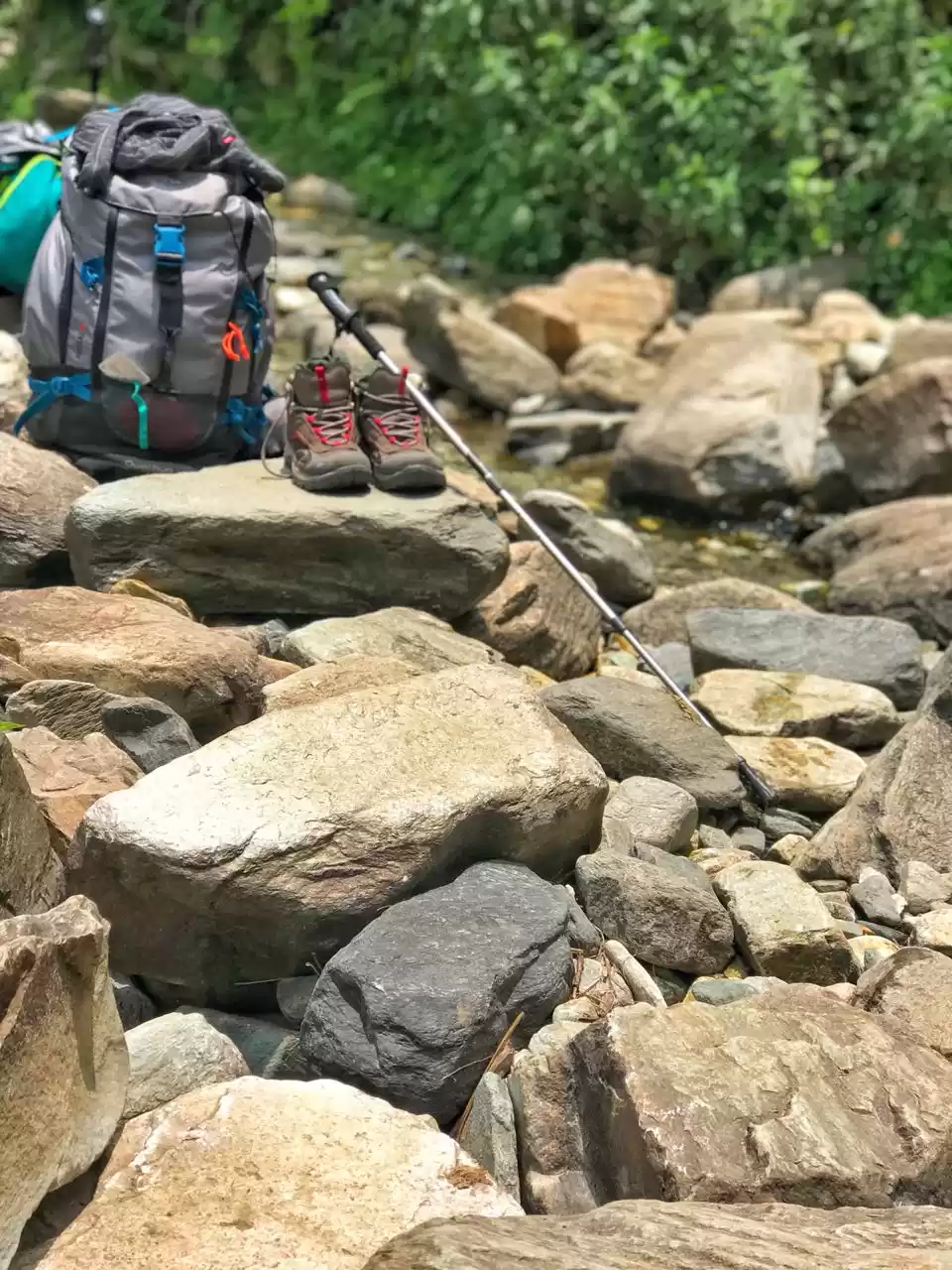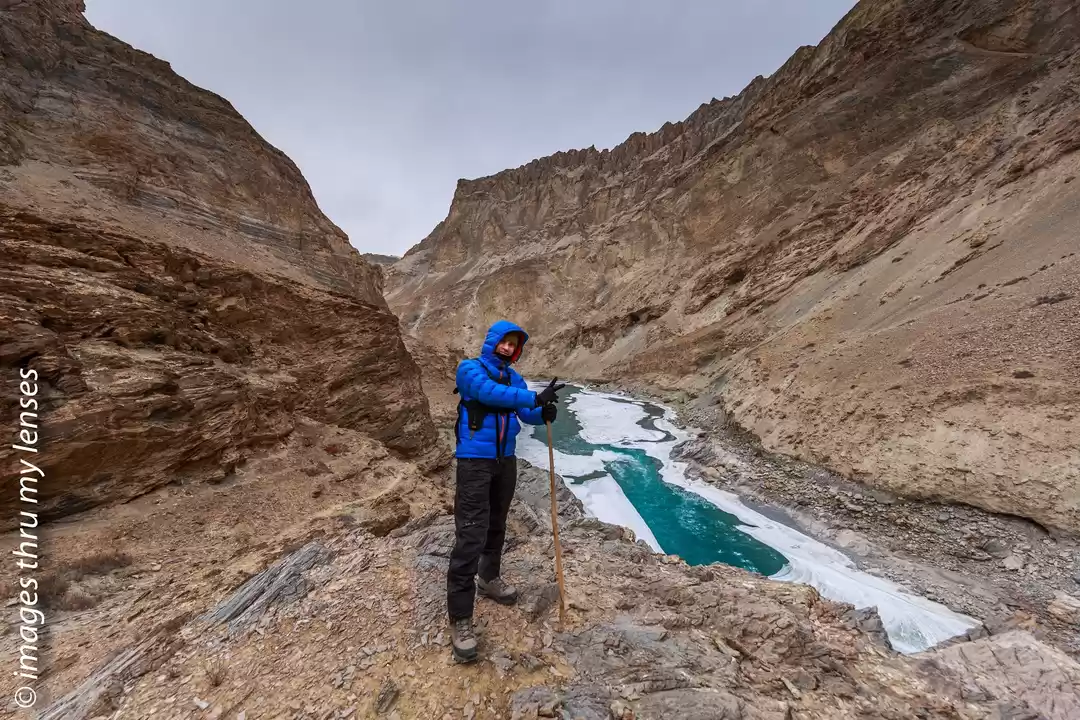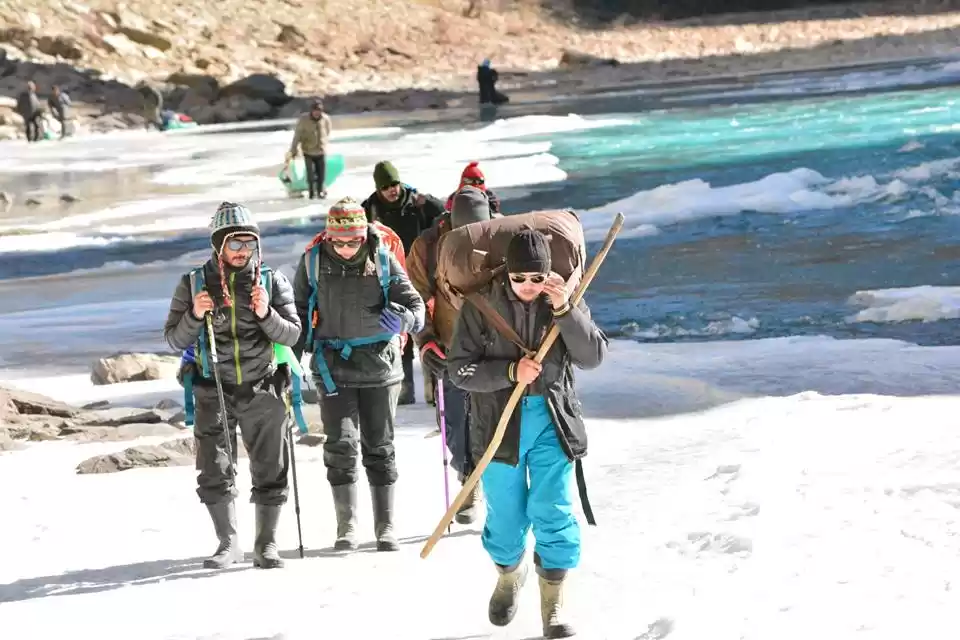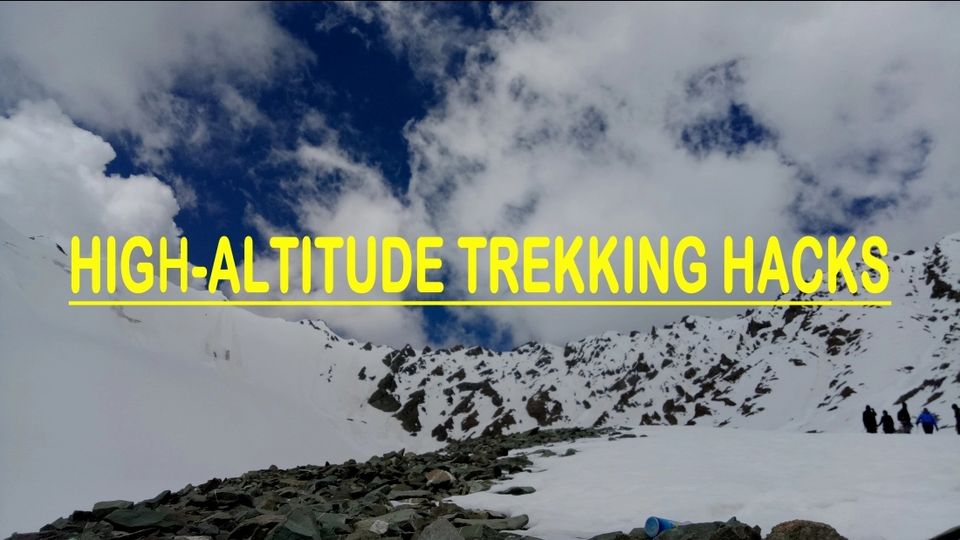
This is an era when love and fascination for adventurous lifestyle is growing rapidly. People are stepping out of their comfort zone, making and saving money to travel and do adventures. But not everyone is well guided or trained to do so.
So, are they missing out on something?
What is the key?
Is it awareness!?
People are rushing out there to pursue all sort of adventures at affordable prices, whereas safety is the most crucial and foremost concern.
One could not afford to compromise on safety.
As an old saying goes, “Prevention is better than cure”, so always go for reliable and appropriate gears only. It will ensure a good part of your safety. Still, as we are in wilderness and no one can control or predict the nature. Our little or insignificant negligence can turn into life threatening mistakes up there. At that time, only on the spot improvisations will provide you some relief and boost.
So, what could be done to enhance our safety and experience up there?
Here, with my training and experience as a Mountaineer, I am sharing some high altitude trekking hacks, which could prevent many small-small situations from worsening and turning into a casualty.
Acclimatization is the most important factor and one of the most prevailing myth about it is exposing your body to cold in the beginning will help, but it does not. Do not expose your body to cold unnecessarily. You are carrying a rucksack full of warm clothing all the way, not just to keep it all in the bag only but to wear. So use it!
Always cover your head and when gaining altitude, if wearing woolen cap sort of thing, keep your ears half open at times.
We all use sunscreen but still get sunburn, due to insufficient applications. Its number of SPF is the time (in minutes) of its effectiveness, for instance 50 SPF cream will protect your skin for 50 minutes only. Apply again after the time.
Always cover your neck portion from very beginning, be it is hot or cold, it will prevent many throat related issues which are crucial.
Use quick dry and full clothing (full sleeved t-shirts and full pants) as you might come across some of plants or insects unknowingly, which will cause you some discomfort and irritation, if contacted.
If going on a snow trek, carrying a good quality polarized sunglasses is mandatory, or at least good shades, otherwise it can cause Snow blindness. Do not underestimate this point.
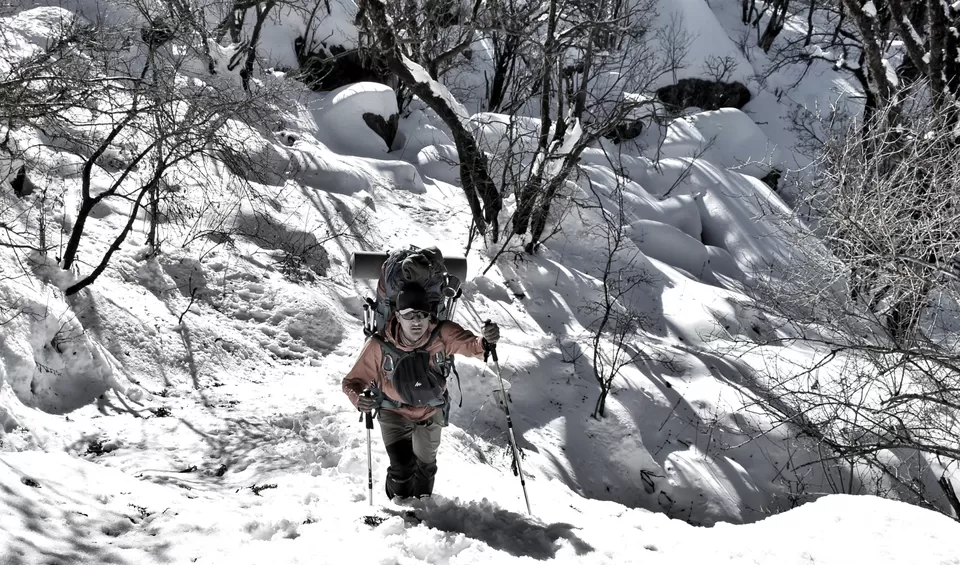
Keep the waist-strap of your rucksack tightly buckled-up around your waist while trekking, as our waist is the center of gravity in our body, so it helps in distributing the weight of rucksack equally on our back. Resulting in comfort and better utilization of energy. And also prevents backache which is often caused due to improper packing of rucksack or stress on shoulders for prolonged period.
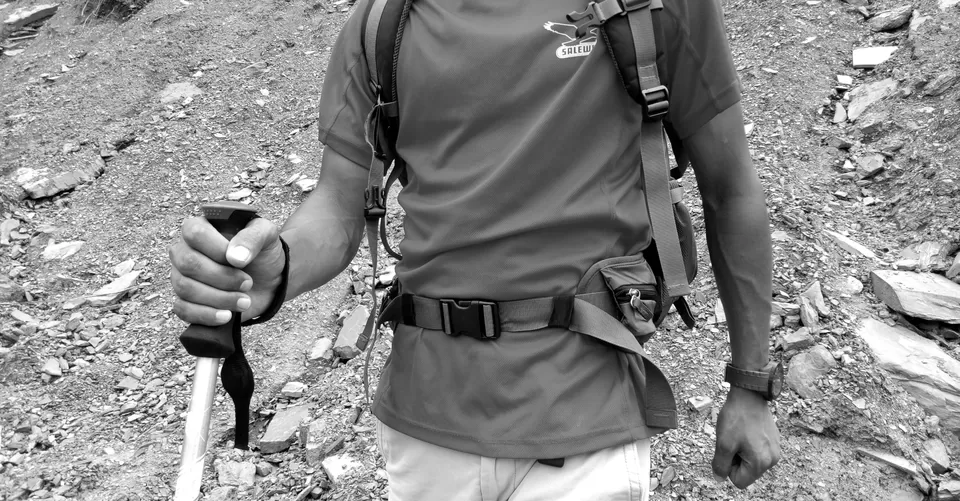
Socks. If you have shoe-bite or blisters, wear two layers of socks, it will reduce the friction between shoe and the skin.
Secondly, very often we face the problem of torn shoe (if you don’t have any adhesive to mend the shoe sole), in that case you have to sacrifice your used piece of socks by putting it on over the torn shoe; it will keep the shoe going.
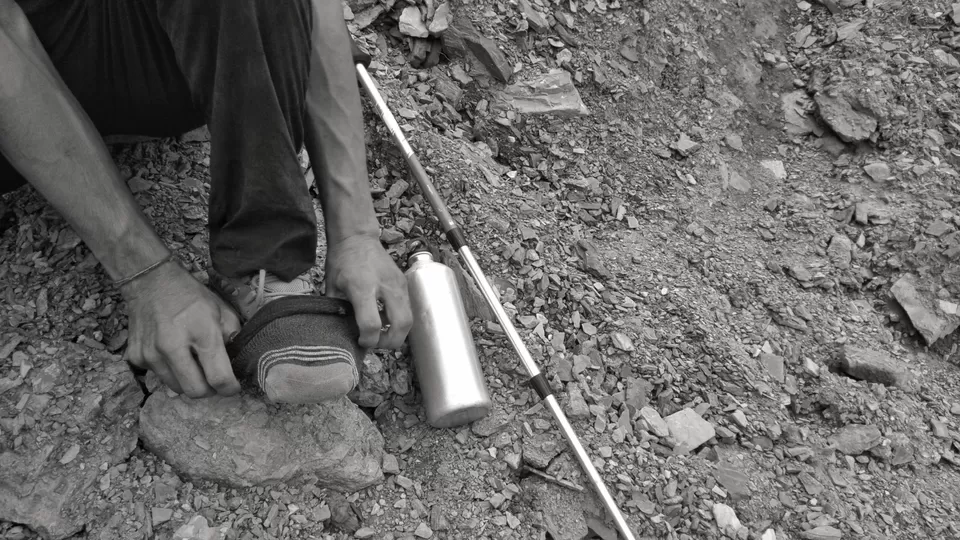
Keep one separate and fresh pair of socks particularly for sleeping time only to maintain hygiene.
In case your shoes are not waterproof, apply wax (rub candles) on it. Properly. It will prevent water in your shoes to some extent.
Trekking pole/stick is a very useful gear. Proper use of trekking poles can save 30-40% of our energy and in case of heavy backpacks it is really helpful.
Stand straight and keep the stick long enough that when holding, it should make an angle of 80-90 degree on your elbow.
Synchronizes your steps and hand swings for a rhythm.
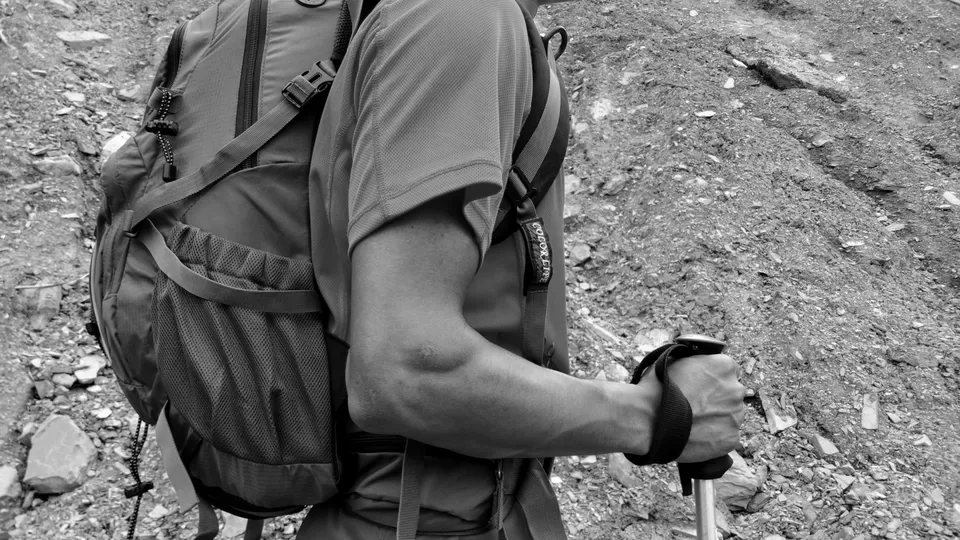
It will keep your body posture up right even in your exhaustion, and gives you rhythm.
If using just one pole, always hold it on your mountain side hand not on valley side hand, irrespective of your strong hand, cause the body automatically leans slightly more to that side, so in case of sudden imbalance, the body will fall on the leaning side. And I don’t think you will prefer falling in the valley. So hold the stick on the mountain side.
Do not forget to switch it on zigzags, every time, if the patch is precarious.
In case of fracture, by tying trekking pole (dismantled parts), around the fractured portion (use spare clothes for padding of the joints), it helps you in immobilizing the part (from joint to joint), to prevent further damage.
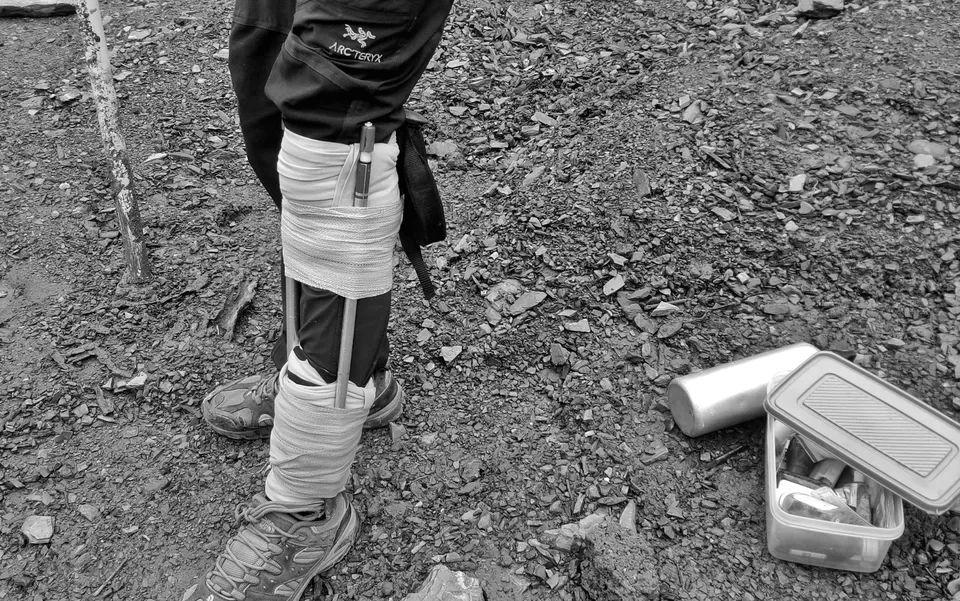
Trekking pole(s) can be also used as a mobile camera stand for clicking pictures on timer.
Trekking pole also serves as a measure to clean the bushes on the route in vegetation and to check superficial depth of snow as well.
During rains we often face the situations when we have wet clothes and nothing to dry it up.
In that case, first properly squeeze down the wet clothes and spread it inside your tent, then just before sleeping put it in your sleeping-bag (recommended only for dry-fit/quick-dry clothes, otherwise it might make your sleeping wet too).
Your body heat will dry it up over the night.
In extremely cold conditions we keep refilled drinking water in bottles with us in the tent at night. This water by the morning becomes ice or too cold to drink.
For that, just keep the bottle tightly caped inside your sleeping-bag, your body warmth will keep it warm enough to drink easily.
Before packing rucksack, just layer it with some plastic sheet/waterproof sheet from inside, even if you have rain-cover with it.
It will prevent water in your bag during heavy rains.
These days we all carry mobile phones, cameras, batteries and power banks with us on the treks and in higher altitudes batteries drain easily.
In that case you can keep all these gadgets in inner pockets of your fleece or down jackets, you are wearing. Your body heat will keep it up.
Turn the gadgets off when the weather is too bad (specially if it’s lightning/thunder).
Always keep 20% of your food and water supply reserved, for in case of emergencies (may be not for you but someone else).
Whenever going to help someone, ensure your own safety first, the safety of people around second and then check the rescue method you are using, it should not complicate the conditions.
Do not carry anything unnecessarily but if you can afford to increase weight of your backpack carry some other essentials like strong adhesive, needle & thread, safety pins, some waterproof carry bags, candle & match-box and some good quality cords.
These things will always come in help either for you or the others.
These few trekking hacks are must know for all, even if you go with some trekking organizations or professionals/experienced ones, your own knowledge will keep you confident in the first place and will be a great help in circumstances.
SO KNOW WELL; PREPARE WELL.



